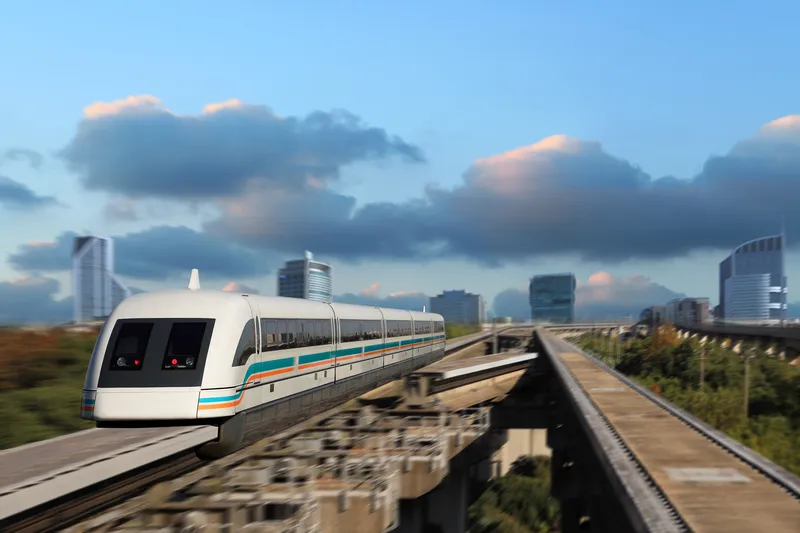In a bid to help its 500,000 subscribers avoid traffic, Shanghai OnStar, the Chinese joint venture between General Motors, SAIC, and Shanghai GM, has announced the launch of a new feature. Aptly named Avoid Traffic, the service is an improvement to turn-by-turn navigation that utilises real-time traffic information to route users around traffic congestion via OnStar’s familiar turn-by-turn voice commands.
November 16, 2012
Read time: 1 min
In a bid to help its 500,000 subscribers avoid traffic, 6889 Shanghai OnStar, the Chinese joint venture between 948 General Motors, 6890 SAIC, and Shanghai 1959 GM, has announced the launch of a new feature.
Aptly named Avoid Traffic, the service is an improvement to turn-by-turn navigation that utilises real-time traffic information to route users around traffic congestion via OnStar’s familiar turn-by-turn voice commands.
Using Avoid Traffic is similar to having an on-board traffic assistant: users simply send OnStar a destination and the service determines the best route based on current traffic conditions. Users can also call in to live OnStar advisors who can optimise a route for optimal traffic conditions. Unlike other, more traditional navigation systems offered by competitors, the maps included in OnStar will be updated every three months for the most up-to-date road information.
Avoid Traffic is currently only available Beijing, Shanghai, Guangzhou, Hangzhou and Shenzhen; it will become available in other cities across China in the coming months.
Aptly named Avoid Traffic, the service is an improvement to turn-by-turn navigation that utilises real-time traffic information to route users around traffic congestion via OnStar’s familiar turn-by-turn voice commands.
Using Avoid Traffic is similar to having an on-board traffic assistant: users simply send OnStar a destination and the service determines the best route based on current traffic conditions. Users can also call in to live OnStar advisors who can optimise a route for optimal traffic conditions. Unlike other, more traditional navigation systems offered by competitors, the maps included in OnStar will be updated every three months for the most up-to-date road information.
Avoid Traffic is currently only available Beijing, Shanghai, Guangzhou, Hangzhou and Shenzhen; it will become available in other cities across China in the coming months.










